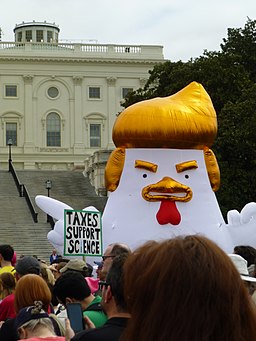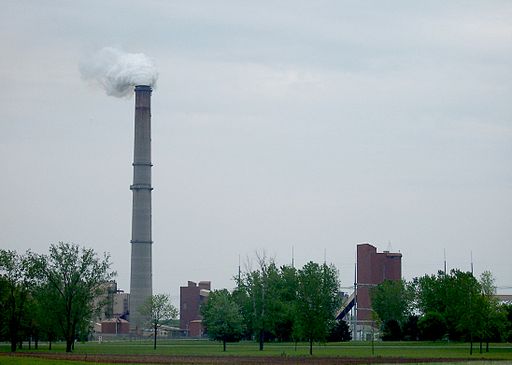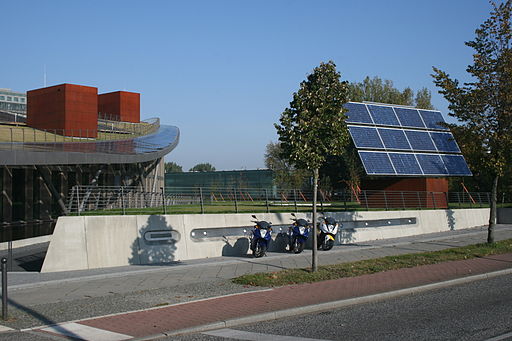I Know You Are
Or how wilt thou say to thy brother, Let me pull out the mote out of thine eye; and, behold, a beam is in thine own eye?
Thou hypocrite, first cast out the beam out of thine own eye; and then shalt thou see clearly to cast out the mote out of thy brother’s eye.”
― words of Jesus Christ from Matthew 7:3-5, King James Version of the New Testament.
After some preliminary stroking of his own ego, the current president launched into the main part of his speech, and for much of it, when he was excoriating other nations he may as well have been referring to the current iteration of the United States as people in other nations might very well see it.

The April 15, 2017, Tax March on the U.S. Capitol in Washington, D.C., included this inflated rooster in the likeness of the current president, borrowed from a sculpture by an American for a Chinese shopping mall to mark the Year of the Rooster. Photo by Mike Licht.
“Authority and authoritarian powers seek to collapse the values, the systems and alliances that prevented conflict and tilted the world toward freedom since World War II.”
“International criminal networks traffic drugs, weapons, people; force dislocation and mass migration; threaten our borders. And new forms of aggression exploit technology to menace our citizens.”
“We must uphold respect for law, respect for borders and respect for culture, and the peaceful engagement these allow.”
“It is an outrage that some nations would not only trade with such a regime [North Korea], but would arm, supply and financially support a country that imperils the world with nuclear conflict.”
“The Iranian government masks a corrupt dictatorship behind the false guise of a democracy. It has turned a wealthy country with a rich history and culture into an economically depleted rogue state whose chief exports are violence, bloodshed and chaos.”
“This wealth, which rightly belongs to Iran’s people, also goes to shore up Bashar al-Assad’s dictatorship, fuel Yemen’s civil war and undermine peace throughout the entire Middle East.”
“And above all, Iran’s government must stop supporting terrorists, begin serving its own people and respect the sovereign rights of its neighbors.”
“It is time to expose and hold responsible those countries who support and finance terror groups like al-Qaeda, Hezbollah, the Taliban and others that slaughter innocent people.”
“For example, it is a massive source of embarrassment to the United Nations that some governments with egregious human rights records sit on the UN Human Rights Council.”
By his own words you shall know him. He speaks of others but he may as well be talking about what his own country has become and how it behaves in the world. There is one more notable part of the speech, in the middle where he talks about North Korea and ad-libs the “Rocket Man” insult line.
“The United States has great strength and patience, but if it is forced to defend itself or its allies, we will have no choice but to totally destroy North Korea.
Rocket Man [Kim Jong-un] is on a suicide mission for himself and for his regime.
The United States is ready, willing and able. But hopefully, this will not be necessary.
That’s what the United Nations is all about. That’s what the United Nations is for. Let’s see how they do.”
The current president appears to have the emotional maturity – or immaturity – of a teenager. He fails to understand, however, that unlike the outcome in this scene from the 1955 film Rebel Without a Cause, there will be no safety valve for either of the belligerents in his game of nuclear chicken with North Korea. James Dean stars as Jim Stark (in the red jacket), Natalie Wood is Judy, and Corey Allen plays the ill-fated Buzz Gunderson.
Oh, really, that is what the United Nations is for, to rubber stamp the will of the President of the United States, however unhinged he may be? We know what the 45th president of the United States is, and we also know what his counterpart, Kim Jong-un of North Korea is, and in terms of schoolyard threats and insults they have achieved parity. What’s difficult to comprehend is that these two malevolent idiots hold the fate of so very much of humanity and the Earth in their child-like hands and don’t appear to grasp the gravity of the situation beyond their own little sandboxes.
― Ed. 



